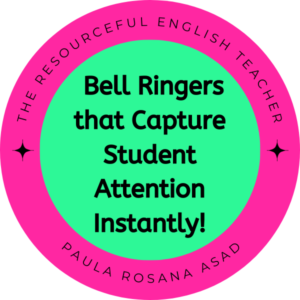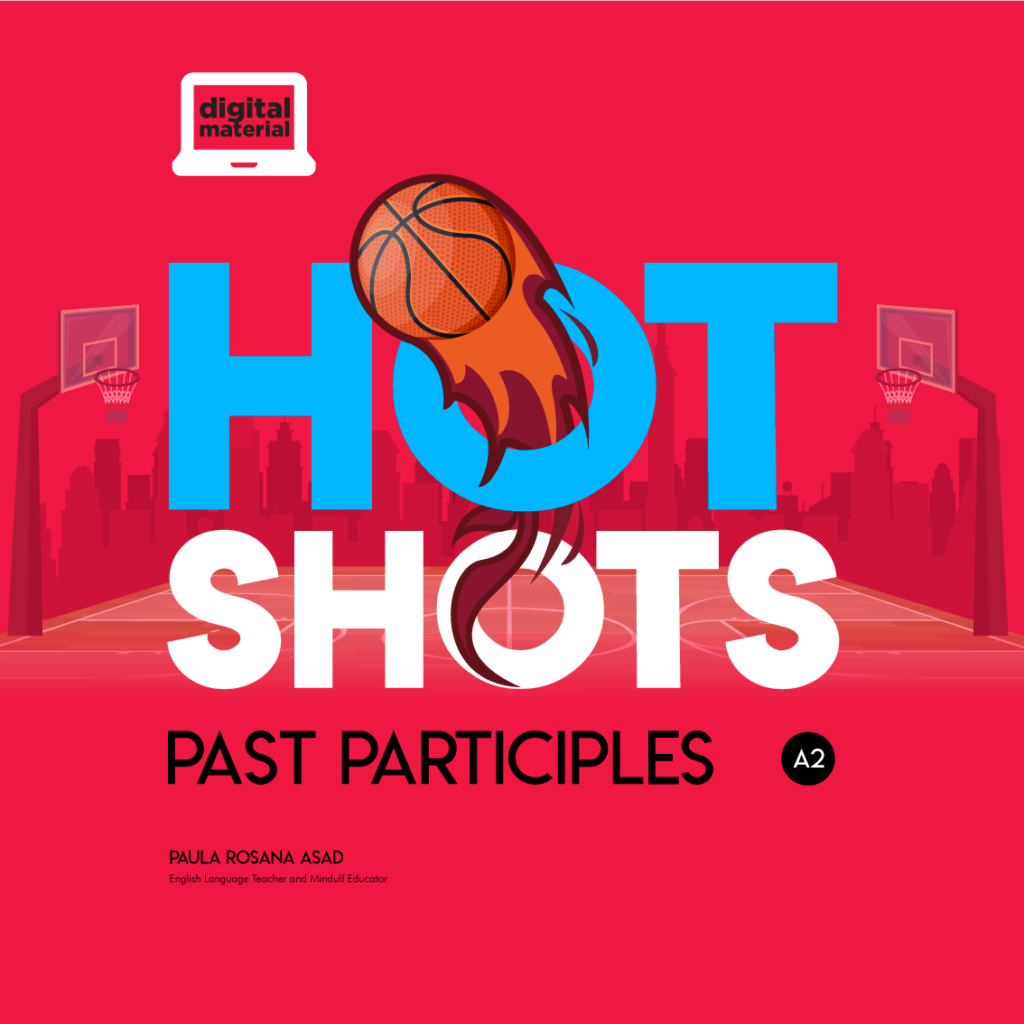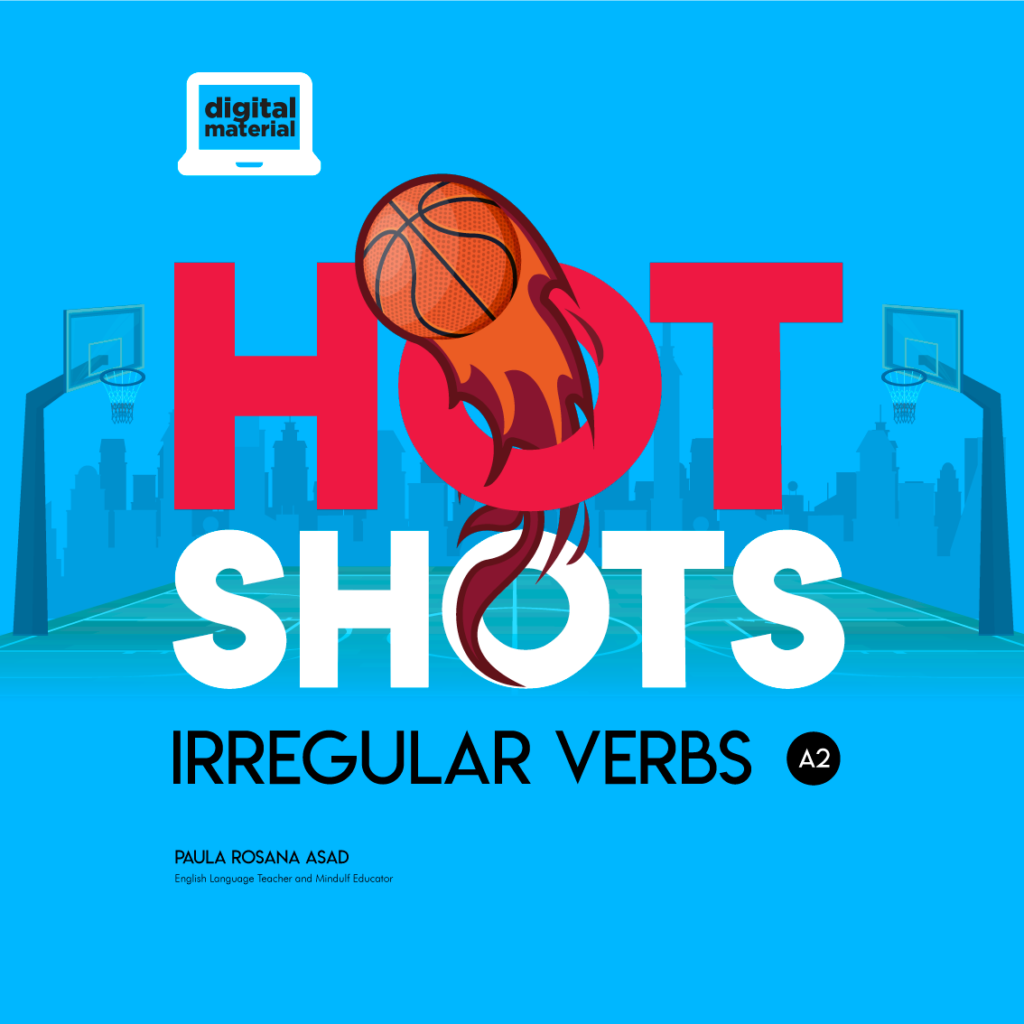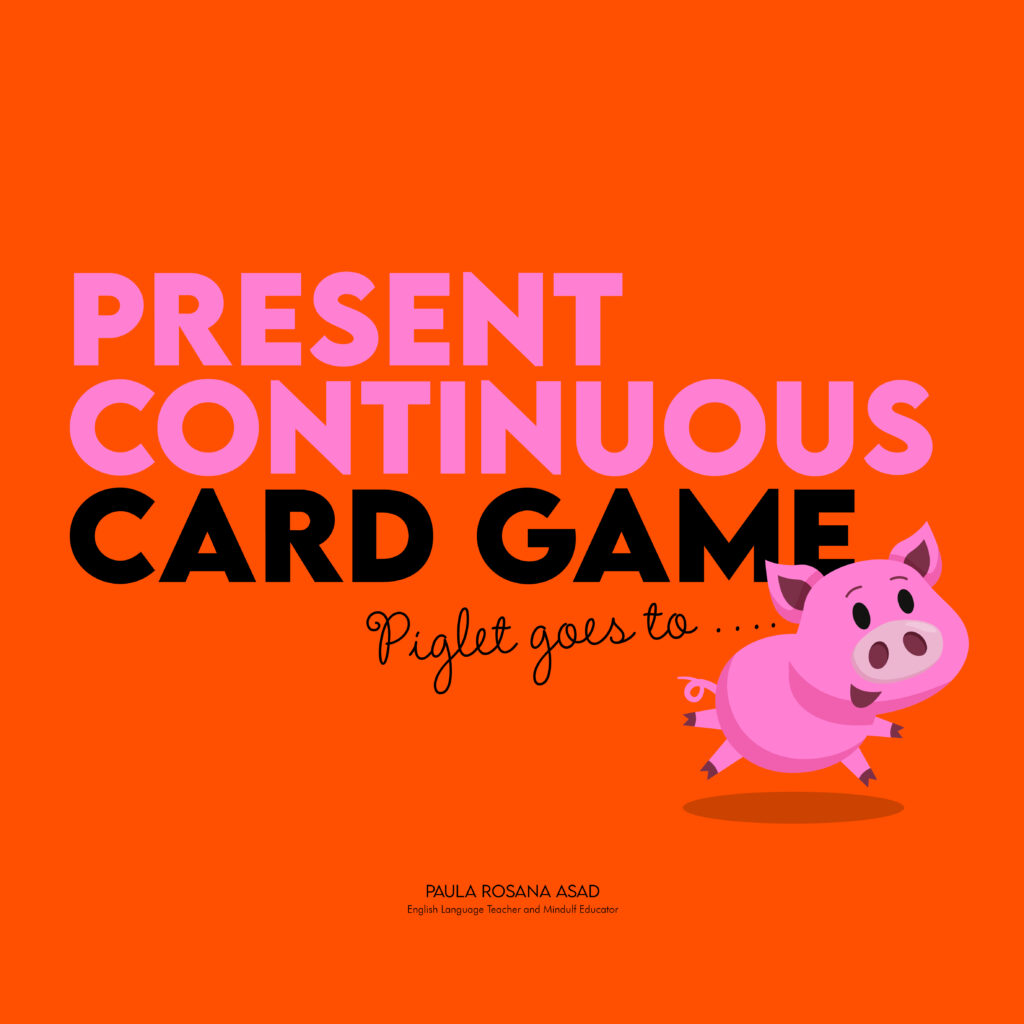No-prep & Easy Bell Ringers that Capture Student Attention Instantly!
Do you find keeping your students engaged and motivated during your lessons challenging? Do you feel most of the time is spent with students distracted and off task? Our classrooms should be places of learning, exploration, and fun, and there is no better way to achieve this than by incorporating bell ringers or warm up activities into our lesson plans. With the right tools, you can spark curiosity, quickly revise content, set the right atmosphere, engage students, and even have fun! So, read on and find out fun and creative bell ringers that you can introduce to your classroom today.

1) Secret Codes
Develop a “secret alphabet code” with a symbol for each letter. Give each student a copy. Write the encrypted message on the board; the first student to decipher the message is the winner.
Check out this free secret code generator – CLICK HERE!
2) Corners
Each corner of the room is labeled A, B, C, or D. Then, the teacher asks a question with four possible answers. Students must go to the corner they consider has the correct answer. Students that didn’t answer correctly sit down. The winner is the last student standing.
3) Bomb Game
To play this game, the teacher describes an object or any piece of vocabulary, and if the student answers correctly, they can choose a coordinate to get their points! Mind you! If they get the bomb, they don’t get points!
https://eslkidsgames.com/2018/09/esl-bomb-game-2.html
4) The Price is right!
You can use this popular game to revise prices and numbers. Students are divided into pairs, and each pair should be handed pieces of paper; in a digital class, they can use the chat box.
The teams are shown a picture of a product. The goal of the game is to guess the exact value of the product. Once all groups have submitted their estimations, the teacher reveals the actual price of the product. Any team that guesses more than the real price loses, and the team with the closest value to the actual price wins the round and gets 10 points.
5) Wheel of Fortune
You can use this popular game to revise vocabulary or grammar. The goal is to win the most cash in ten rounds and become the “Big Winner.” Teams start the game with $100, then learners should perform a task, and if their answer is correct, they can spin the wheel to see how much money they get. If their answer is wrong, they don’t get any money; if they hit bankruptcy, they lose all the money they earned. Check out my Wheel of Fortune here!
6) Buzzer text!
Before reading a text, give your students the first paragraph to memorize. They have one minute to retain as much information as possible. When the time is over, read the paragraph, but this time, change some words. Students who can detect differences must stand up or raise their hands. The student who can catch the most differences is the winner.
7) Tic Tac Toe Topics
Draw a Tic Tac Toe grid, and in each space, write a topic that you think some of your students might know. Play the game with two teams. To claim their X or O, a team member must attempt to talk about the topic in the chosen square for 45 to 60 seconds (depending on the level) without pausing or repetition.
8) Paper Bag Bingo
Students are divided into teams of 4/6. The teacher hands out a sheet with 10 questions related to the unit that will be studied. As the lessons progress, students should answer the questions and put them in their paper bags. Once they have responded to all their questions, they shout paper bag! The teacher checks if their answers have been answered correctly before giving them “The Golden Bag Award.” This is an excellent way to keep students focused on the lesson! My “Golden Bag Award” is usually a bag full of candies for them to enjoy during the break.
9) Question Bags
Students are divided into teams of 4. If you have 6 teams in the class, you should have 6 bags. On each bag, write a challenging question for the students to answer. Give each group five minutes to work together and craft an answer they submit inside the bag with their group’s name on top. Pass the bags around the classroom so every group solves a fresh question. When the time is up, the teacher opens the bags to assess the answers and decide which is the most impressive!
10) Paragraph in bags!
Students are divided into teams of 4. If you have 6 teams in the class, you should have 6 bags. Write on each bag a topic sentence for students to develop. Give each team ten minutes to work together and develop a paragraph in response to the topic sentence, then pass the bags to the next group. Once all teams have had a chance to respond, the teacher can open up the bags and decide which group wrote the most effective paragraph!
11) Tell a story
Students stand in a circle. They take turns to add three words to different story stem. The teacher can use stems such as:
- Once upon a time, in a [setting], there lived a [character] who always [habit].
- As the sun set behind the [landscape], [character] embarked on a journey to find [object].
- On a stormy night, [character] found an old, mysterious [item] on their doorstep.
Write the story on the board while students are producing their sentences and elicit corrections as you go along.
12) What if prompts!
These questions can be a great way to spark discussion in the classroom and improve speaking skills. What is also interesting about “what if” questions is that they encourage students to think outside the box, pushing them to use their critical thinking skills.
- What if humans could communicate with animals?
- What if gravity suddenly became half as strong?
- What if advanced AI could experience emotions?
- What if dinosaurs never went extinct?
- What if time travel was possible but only to observe, not to interfere?
- What if the internet suddenly disappeared worldwide?
- What if everyone had a photographic memory?
- What if renewable energy sources were never developed?
- What if countries had no borders?
- What if humans could choose their own physical appearance at will?
- What if Earth had multiple moons?
- What if a universal language was established overnight?
- What if humans hibernated like bears?
- What if all diseases were eradicated?
- What if music had never been invented?
- What if plants could communicate with each other?
13) Quote response
Engage your students with a quote related to your lesson and ask them to connect it to their lives. Pose the question: “How can this quote apply to your personal experiences?” Inspire your students to explore the relevance of the lesson to their own lives and foster deeper learning and understanding.
14) What’s the song line?
Ask your students to figure out the song line illustrated by the emojis! Download my worksheet HERE!
I 


In conclusion, incorporating warm-ups or attention grabbers into our lesson plans efficiently keeps students engaged and motivated during our lessons. With the right strategies, our classrooms can be places of learning, exploration, and fun. So don’t be afraid to get creative and introduce new ideas to your classrooms today. Help your students feel excited about the lessons, motivated to learn, and leave them with a sense of curiosity that will help them discover more. It’s time to make learning fun!
Check out my favorite games!!!





